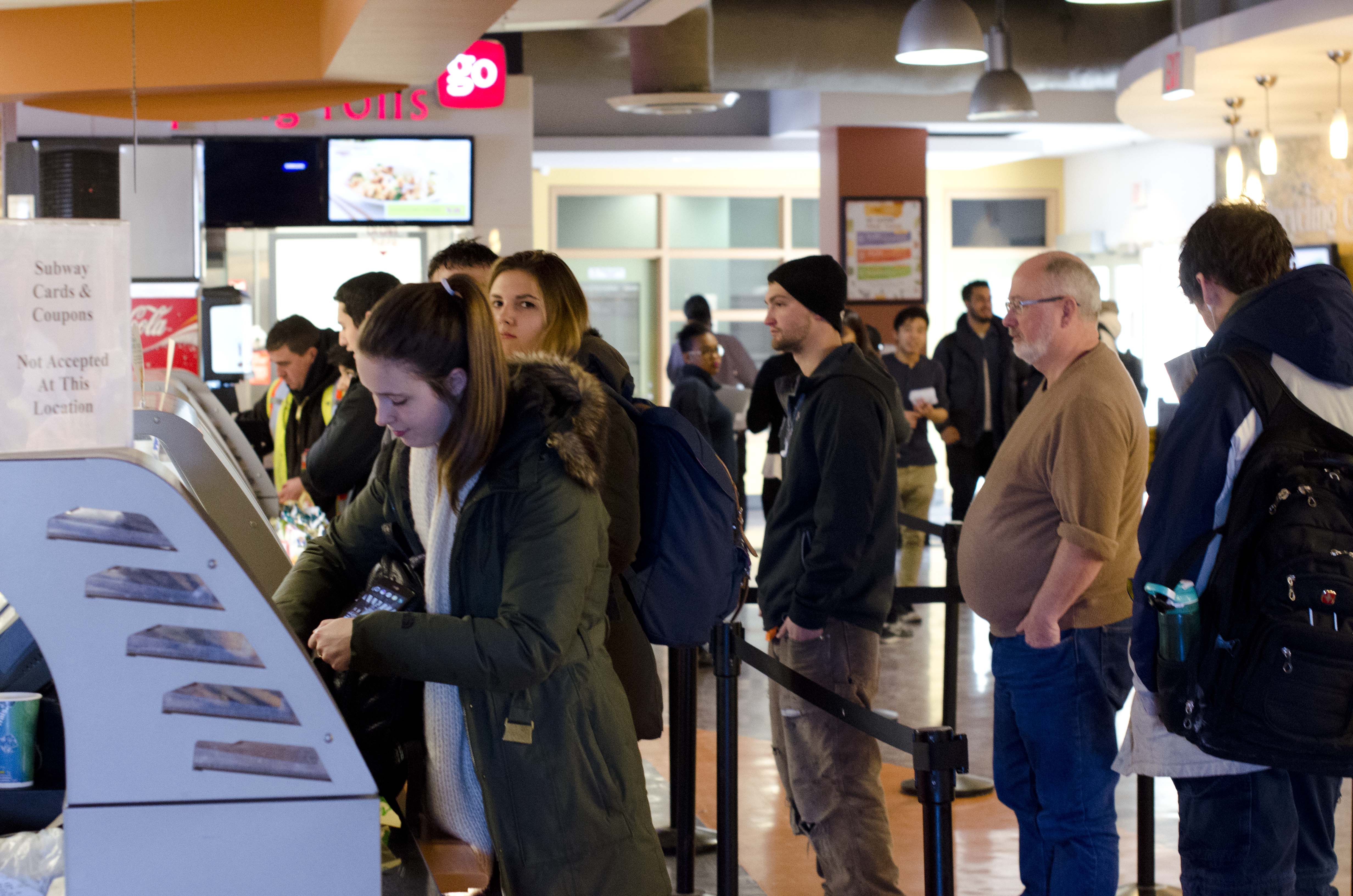Living in residence at Carleton in your first year means you automatically have to have a meal plan with the residence cafeteria. All-you-can-eat buffets every day for a year seems great for the first few months, but as students enter the winter term, complaints about the cafeteria food grow. These complaints are mostly about the monotony of the food.
But if a student with no dietary restrictions is dissatisfied with the food, how do those students feel who do have limitations—either due to allergies, religion or a vegetarian/vegan lifestyle—on what they can eat?
For the most part, the cafeteria does a pretty good job of making sure students with diets for religious reasons are well accommodated. The grill does make sure to keep Halal and Kosher options available, but sometimes four stale chicken nuggets aren’t enough to fill you up. It’s also frustrating when most of the menu for the day includes ham, pork, or bacon, so options become very limited.
Vegan and gluten-free options are also extremely limited. The vegan bar does have good food, but eating the same four options for an entire year gets tiring. The gluten-free pantry is the same. While it’s great that the cafeteria has those options on hand, students also quickly get sick of eating the same thing over and over again.
It’s difficult to accommodate everyone when there are so many different specifications for eating, and the cafeteria does do its best to make sure everyone is well fed. However, a well-rounded diet is extremely important, and the university should consider alternate options that wouldn’t necessarily involve providing more food. If you don’t eat well and get the nutrients you need, it has an adverse effect on your mental state.
If the university cannot adequately accommodate students with dietary restrictions, the school should consider lifting the requirement that students choose one of the meal plans for the cafeteria. When students are already paying so much for the meal plan and residence, it’s not fair that they then have to spend more money on food outside of the cafeteria in order to supplement their diets.
Some universities in Canada, such as Laval University in Quebec City, have kitchens available for students to use in the basement level of the residence building, provided the students bring their own pots and pans, etc. That is another option for students who want more than what the cafeteria offers, but also do not want to continuously buy food. Carleton should consider opening at least one open kitchen space in the future to expand options for students.
When criticizing Carleton’s cafeteria for its limited food options, it’s important to realize that the school is doing its best to accommodate as many students as possible. Unfortunately, this best still does not satisfy every student, which is inexcusable when students are paying almost ten thousand dollars for a required meal plan. The university needs to consider expanding its food options, or work with students in order to find a compromise.






